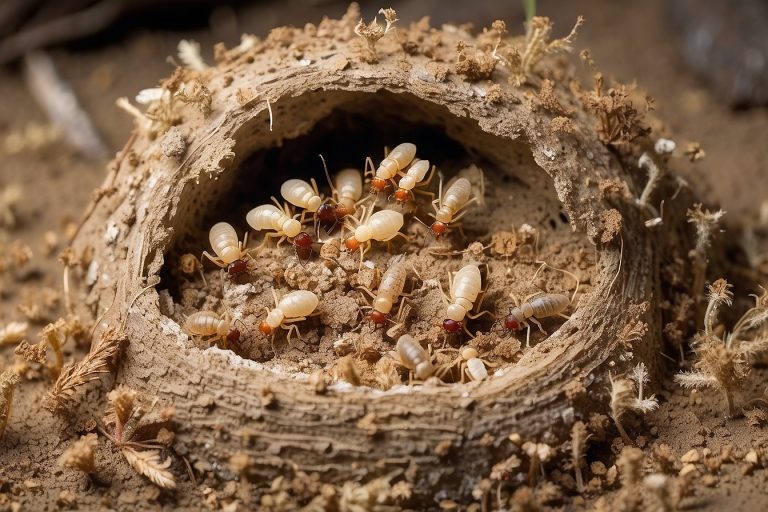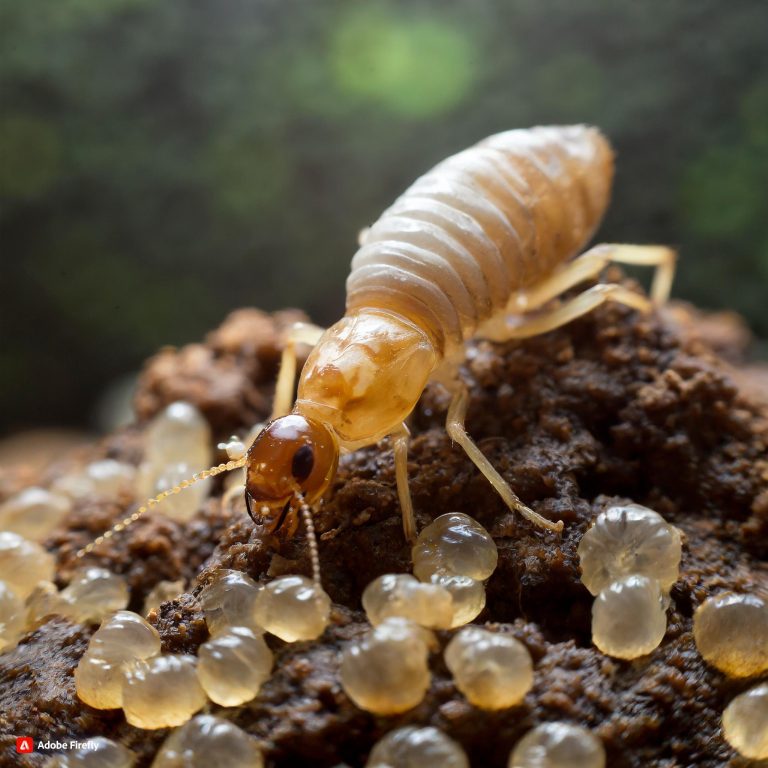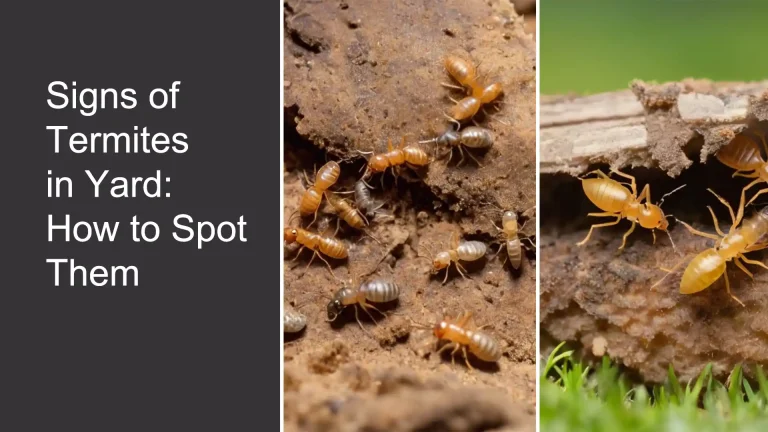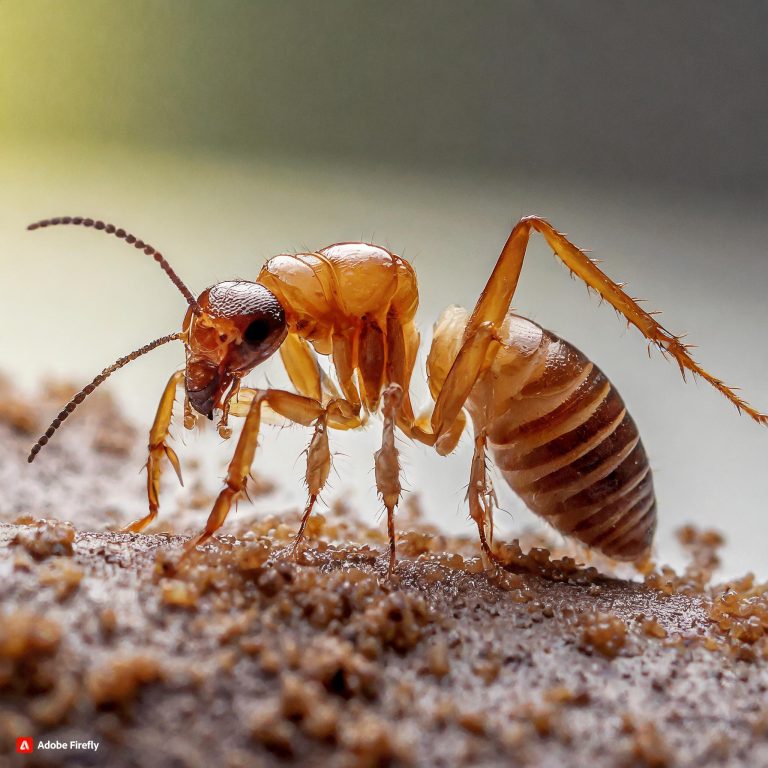How big are termites ? Queens, Workers, Soldiers Compared
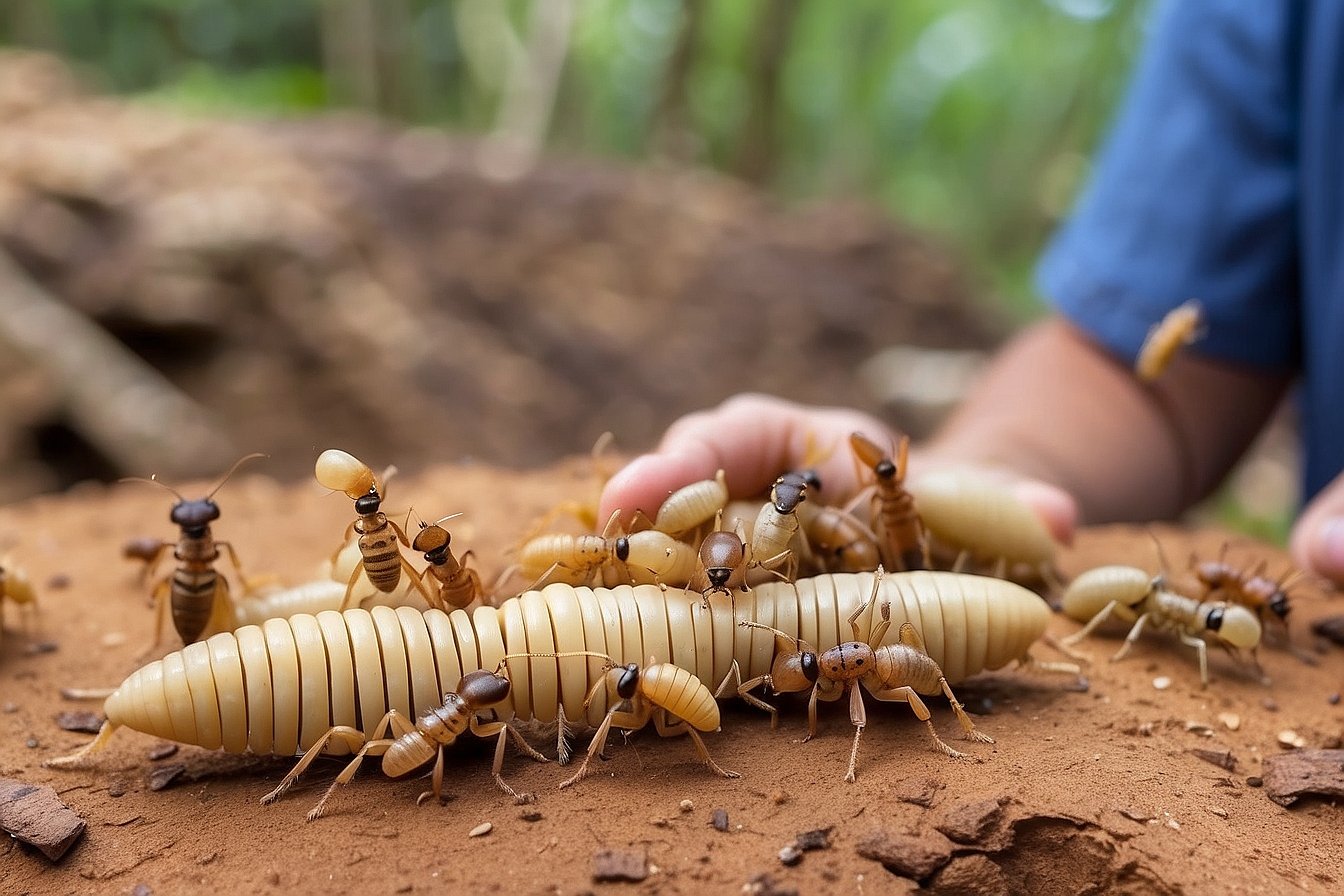
Introduction
Termites are tiny insects that can cause major damage to homes and buildings if left unchecked. But just how big are termites? The size of termites actually varies quite a bit depending on the specific type and caste.
In this article, we’ll take a close look at the different sizes of termite queens, workers, soldiers, and Swarmers. We’ll compare termite sizes to other insects like ants. And we’ll discuss how termites grow and develop throughout their life cycles.
Importance of Understanding Termite Size
Understanding the size range of the different termites in a colony is important for identifying termite species and signs of infestation. It also gives valuable perspective on how these tiny insects can cause tremendous destruction over time, despite their minuscule individual size.
Key Takeaways:
- Termite queens are the largest, reaching up to 4 inches long, while workers and soldiers are only about 1/8 to 1/2 inch long.
- Different termite species have different size ranges. Subterranean termites tend to be bigger than Drywood termites.
- Newly hatched termites are barely visible. As they develop, they molt and grow larger.
- Termites are small but visible to the naked eye. Ants have some physical similarities but do not grow as large.
- Understanding termite size helps identify signs of infestation like mud tubes and Swarmers. It also shows why termite control is best left to professionals.
How Big Is A Termite?
Termites come in a wide range of sizes depending on their caste and role within the colony. At the smallest end of the spectrum are the newly hatched larvae, which are tiny enough to be barely visible to the naked human eye. On the larger end are the mature queens, which can reach 2-4 inches in length.
Size of The Termite Queen
The termite queen is the largest individual within a colony. Queens range from 1 to 4 inches in length when fully mature.
Queens of the species Macrotermes bellicosus can reach lengths of up to 4 inches. Formosan termite queens may also approach 4 inches long.
Other termite species have smaller queens, such as the eastern subterranean termite queens which are around 2 inches long. Desert damp wood termite queens are closer to 1.5 inches.
Regardless of exact species, the termite queen is enormous in size compared to the other members of the colony. Her large size allows her body to hold the necessary quantities of eggs to continually populate the colony.
Role of the Queen in the Termite Colony
The queen’s primary role is reproduction. A termite queen can lay thousands of eggs per day. The workers care for the eggs and feed the queen, allowing her to focus all her energy on continuous egg-laying.
Lifespan of a Termite Queen
Termite queens live exceptionally long lives between 15-25 years. During this time, they do little besides producing eggs.
This extreme and constant egg production causes termite queens to grow enormously in size. They are fed and tended to by worker termites, allowing them to focus solely on laying thousands of eggs per day.
Over her long lifespan, a termite queen can grow to be over 4000% the size of a worker termite.
workers
In contrast to the queen, termite workers are tiny insects. They range from an eighth to a quarter of an inch long.
Workers are even smaller than termite soldiers. However, they make up the majority of the colony. A single mature termite colony may contain over a million workers!
The small size of termite workers enables them to tunnel through wood virtually undetected. They can fit through astonishingly small spaces and cracks.
For example, Formosan termites can pass through openings as small as 1/64 of an inch – thinner than a dime!
Different types of termites have different sized workers:
- Subterranean termite workers measure 1/4 to 1/2 inch long.
- Drywood termite workers are smaller at 1/8 to 1/4 inches in length. Their narrow bodies let them burrow into dense, hard woods.
- Damp wood termite workers are medium-sized, around 3/16 inch long. They infest rotting, moisture-laden wood.
Soldiers
Termite soldiers are larger than workers but smaller than reproductive termites. Soldiers range from 1/4 to 5/8 inches in length.
The large, square head of a termite soldier gives them a menacing appearance. Their oversized jaws are strong enough to inflict painful bites. Soldier termites use their jaws to defend the colony from ants, which attack and feed on termites.
Among different termite species, soldier sizes vary:
- Formosan termite soldiers reach 5/8 inches long. Their reddish heads have sharp jaws for fighting.
- Drywood termite soldiers are smaller at 1/4 to 3/8 inches long. But they make up a larger portion of the colony than subterranean termites.
- Damp wood termite soldiers are mid-sized, around 1/2 inch in length, with long spear-like jaws.
Winged Termites Even Bigger
At certain times of year, some termites grow wings – becoming “Swarmers.” These are reproductive termites that leave the colony to mate and start a new nest.
Winged termites are bigger than worker and soldier termites. Size ranges for winged reproductives include:
- Formosan termite Swarmers: 5/8 to 1 inch long
- Eastern subterranean termite Swarmers: 1/2 to 5/8 inch long
- Drywood termite Swarmers: 1/2 inch long
Seeing swarming winged termites emerging in spring is one of the most noticeable signs of an active termite infestation. Their large size and dark wings make them stand out when they fly toward light sources.
How Do Termites Grow and Change Size?
Termites go through a complex life cycle and molting process that changes their size as they develop. Here’s an overview:
- Egg – Microscopic at first. About the size of the tip of a needle after a few weeks.
- Larva – Hatches from the egg. Size of a grain of rice. Larvae molt and grow larger.
- Pseudergates -Worker termites. Molt repeatedly, growing from about 1/32 inch to 1/4 inch long.
- Soldier – Develops from a pseudergate (worker) termite. Grows significantly when molting into a soldier.
- Alate – Winged reproductive. Sheds wings after swarming. Up to 1 inch long.
- Queen/King – Queen continues growing after mating flight. May reach 4 inches long over many years.
Termites molt around 10 times as they develop from larva to adult. At each successive molt, they increase slightly in size. It takes 1-5 years for termites to complete this growth process, depending on species.
Are Termites Visible To The Human Eye?
Though tiny, termites are visible without a microscope. Workers and soldiers range from 1/16 to 1/2 inches long – small, but large enough to see if you know what to look for.
Termite vs Ant Size Comparison
Ants are probably the insect most often confused with termites. That’s because ants sometimes swarm and have three body segments like termites. However, ants and termites have several key differences:
- Size – Worker ants range from 1/16 to 1/2 inch long, similar to termites. But queen ants only grow up to 1 inch long, much smaller than a termite queen.
- Wings – Swarming ants have two pairs of nearly equal-length wings. Termite wings are unequal in length.
- Waist – Ants have a pinched, narrow waist. Termites have a straight-sided waist.
- Antennae – Ants have elbowed antennae. Termite antennae are straight.
These distinctions in body structure help set ants and termites apart. Understanding size ranges makes differences more obvious. If a swarming insect is over 1 inch long, it’s definitely not an ant but rather a reproductive termite.
Frequently Asked Questions
How small are baby termites?
Newly hatched termite baby is microscopic, about the size of a grain of sand. They are visible only with a magnifying glass or microscope. As termites molt and mature, they grow larger through their life stages until reaching adult size.
What Color Are Termites?
Termites are typically white, cream, or grayish in color. Workers and soldiers may appear somewhat translucent. Soldiers often have darker heads. Swarming termites will appear darker with black or brown wings.
Can termites be very small?
Yes, termite larvae and newly hatched nymphs are extremely small, under 1 mm in length. Even grown worker termites are only 1/16 to 1/4 inches long.
how big is a termite swarm
A termite swarm may contain hundreds to thousands of reproductive termites. Each swarmer ranges from 10 to 25 mm long with wings.
how big can a termite get
Termite queens are the largest individuals in a colony. They can reach lengths of 25 to 100 mm when fully mature. Queens of some species may exceed 4 inches (100 mm).
Conclusion
Termites are often assumed to be microscopic insects. But termite queens rival small mammals in size! And while workers are tiny, they can still be spotted by observant homeowners.
Understanding the size range of different termite types is key for identification. It also shows how termites can inflict severe damage through non-stop, collective feeding on wood over their long life span.


